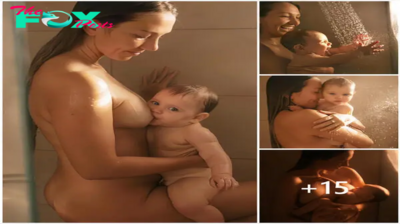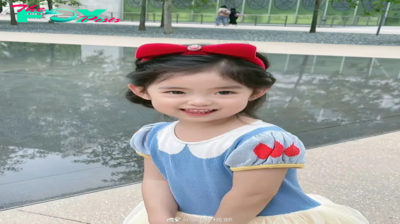Lifestyle
LS ””Newborn Marvels: Enchanting Hearts Across the Globe with Their Unstoppable Allure”” LS

When I gave birth the first time…I didn’t get a chance to see or feel my cord. My oldest daughter came flying out into the world (just 15 minutes of pushing) and I was SO overwhelmed with joy and relief that I didn’t bother to look or ask to see it.
But when I started to photograph births, I found cords to be one of my favorite things to capture during a birth story. Each umbilical cord is completely unique (just like each baby), and I found myself fascinated with the differing hues, lengths, and coiling.
I’ve shared numerous collections of cords over the last several years, and I’m excited to share some new images with you.
A few things to note about umbilical cords:
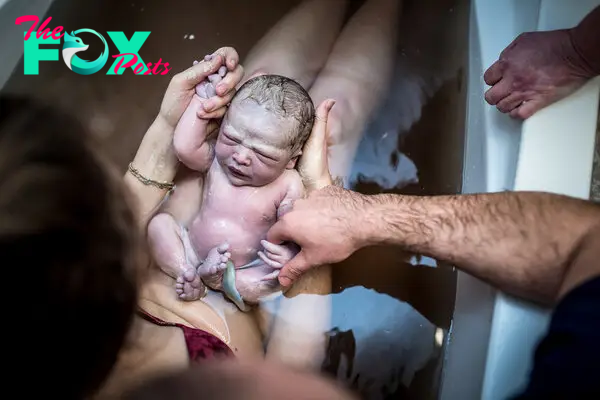
- Nuchal cords (cords around the neck) are VERY common and rarely cause any complications. Many of my clients have nuchal cords each year…and my own baby born this past December had a nuchal cord. You may (or may not) even notice it at your own birth as providers are very skilled at easily slipping the cord over as baby is being born. I often hear people talk about nuchal cords as if they are scary or bad or dangerous. They are a variation of normal and rarely cause fetal distress.
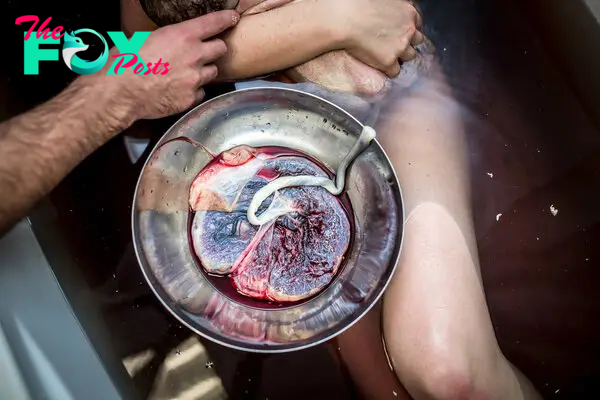
Cords change dramatically in the first minutes and hour of baby’s life! When your baby is just born, your cord will often be thick and deeply colored. If you were to put your finger on your cord, you would feel a pulse. Once your baby is born, the need for nutrition and oxygen is gone, and so the cord will stop pulsing and become white and flat. (You’ll see examples of plump cords and flat cords in this slideshow…and the reason for the difference is time!)

You can feel your own cord, look at it, and ask questions about it at your birth. Some providers don’t realize how important details like this are to some birthing families. If you are curious about your cord or your placenta, make sure you (or your partner) asks to see and touch it.
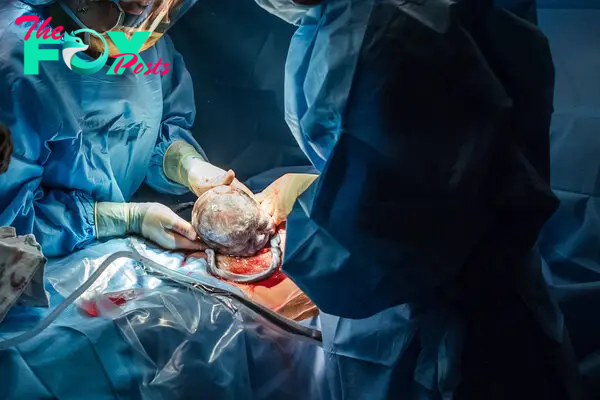
.
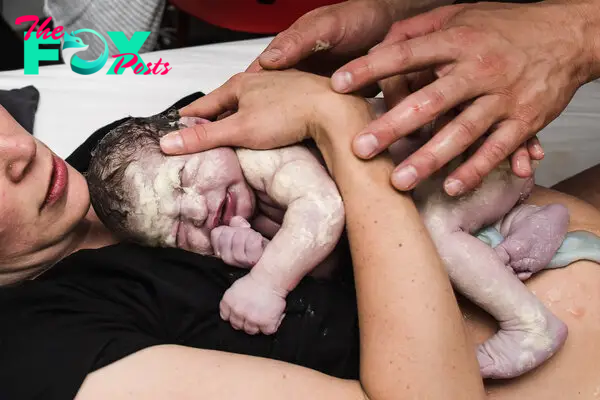
.

.
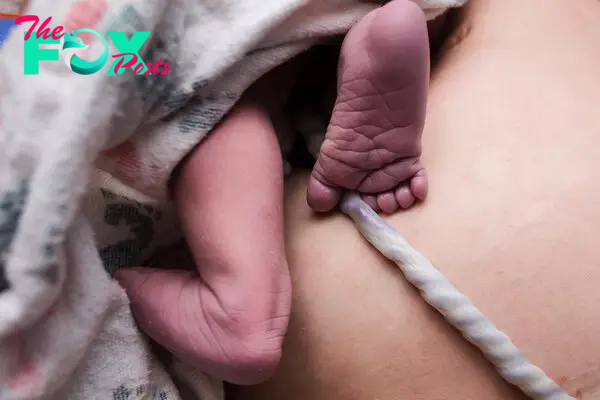
.
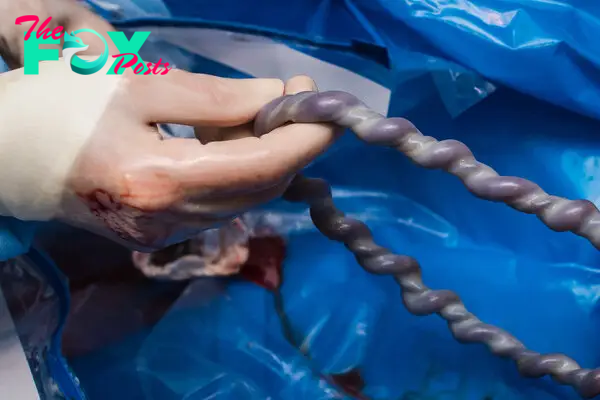
.
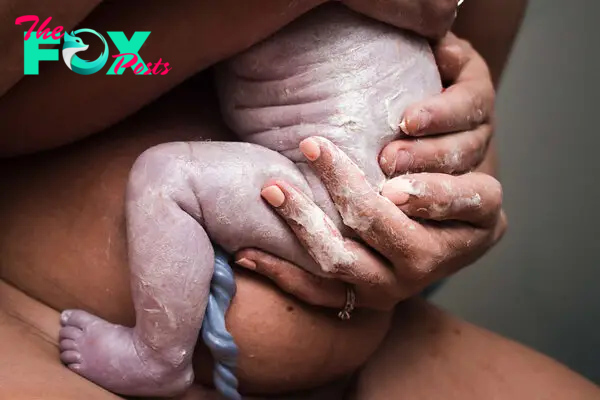
.

.

.
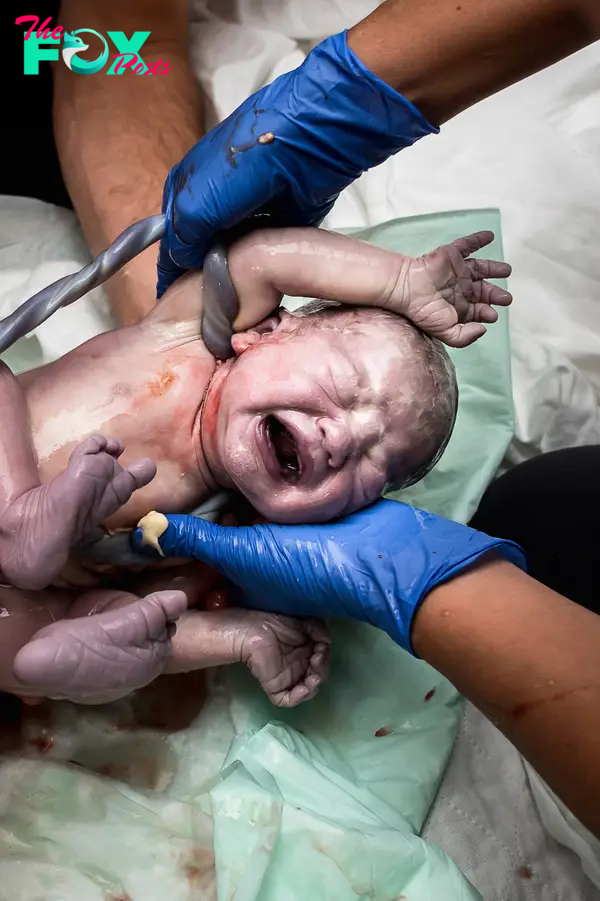
.
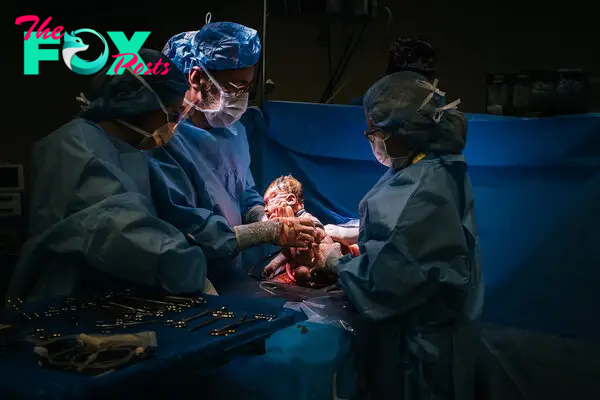
.

.
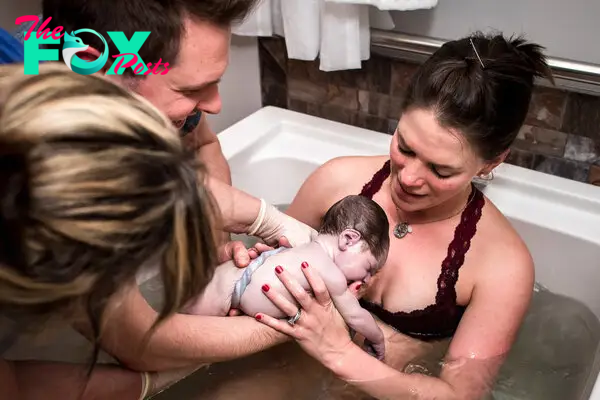
.

.
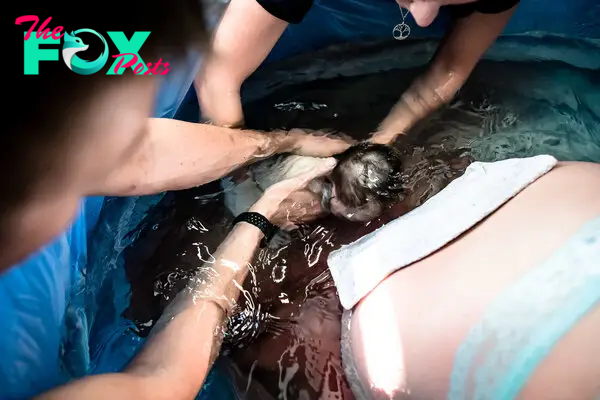
-
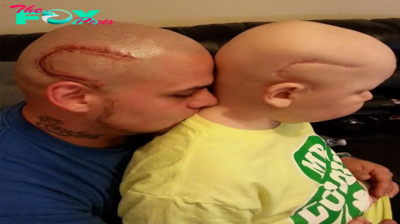
 Lifestyle51m ago
Lifestyle51m agoAccompanying his child: The father’s tattoo is considered a symbol of steadfast support for his son, not wanting to leave him alone to suffer hurt and discrimination from others.
-

 Lifestyle51m ago
Lifestyle51m agoUnexpected happiness came to Mia’s family: Successfully giving birth to 6 children at the same time despite the extremely low success rate, surprising everyone
-

 Lifestyle2h ago
Lifestyle2h agoHow I gave my small desk a big makeover – Mary Hunt
-

 Lifestyle2h ago
Lifestyle2h agoAsk Chef Walter: The Ultimate Grilling Guide – Walter Potenza
-

 Lifestyle6h ago
Lifestyle6h agoA couple is preparing to welcome their 15th child after giving birth to quintuplets, triplets and twins. And they feel that the life of a large family is chaotic, but gradually they get used to it and are satisfied with it. and it seems like they still don’t want to stop at number 15
-
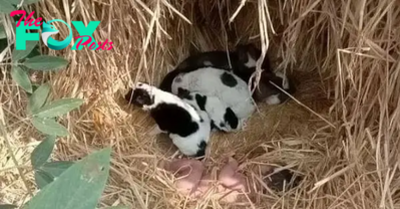
 Lifestyle6h ago
Lifestyle6h agoUnbelievable: Abandoned newborn baby was discovered surrounded by puppies to keep him warm.
-

 Lifestyle7h ago
Lifestyle7h agoHajj: no place for overpackers
-

 Lifestyle8h ago
Lifestyle8h agoOlivia Culpo stuns in long-sleeve Dolce & Gabbana dress during Christian McCaffrey wedding


